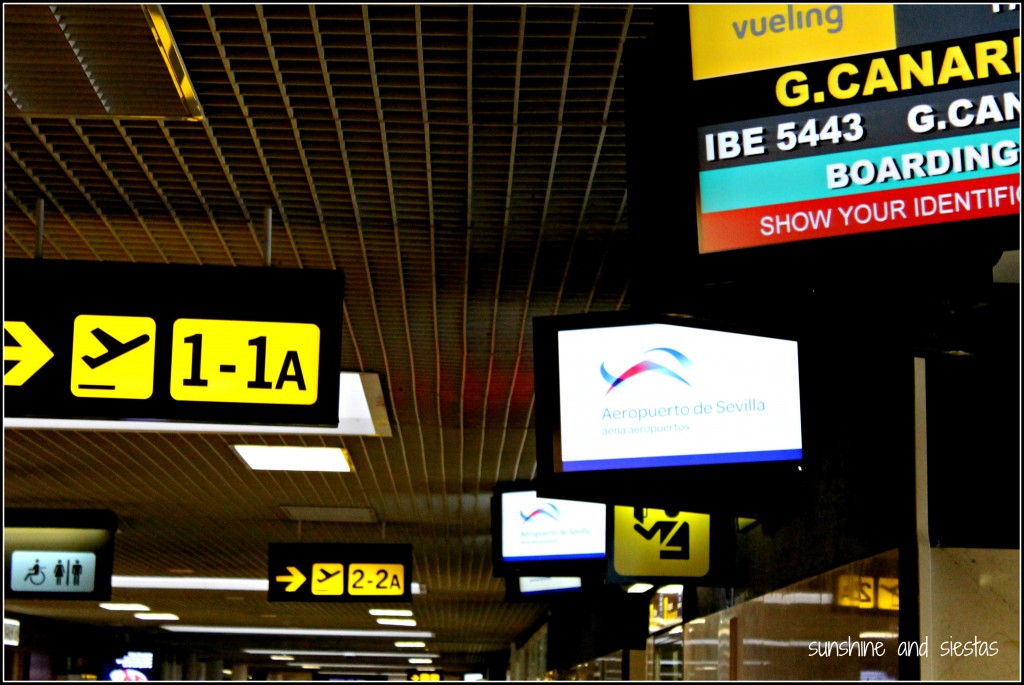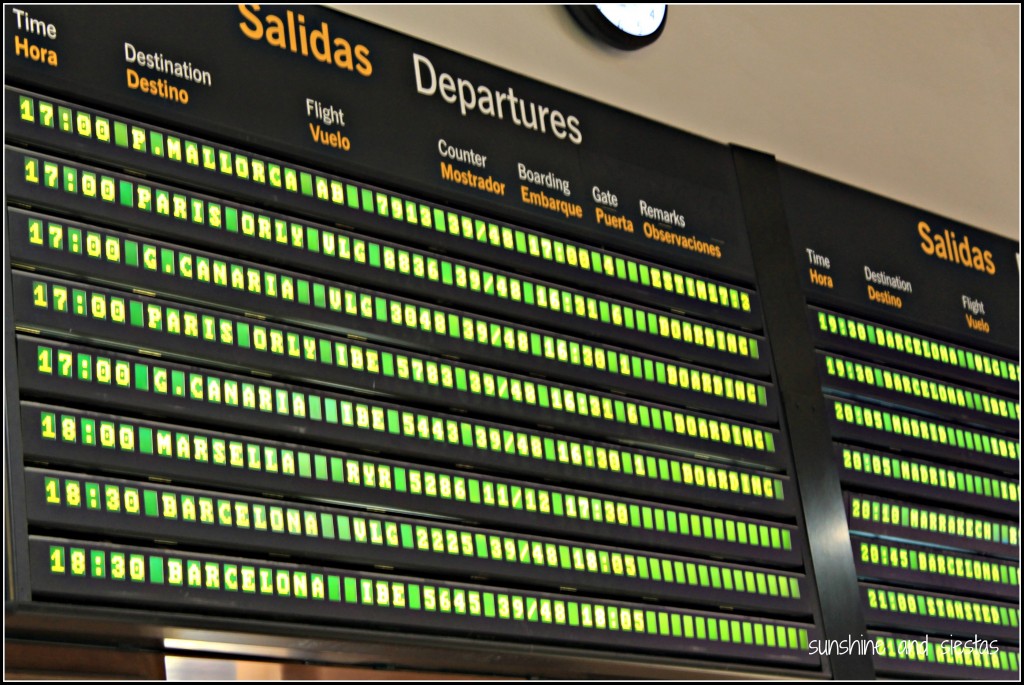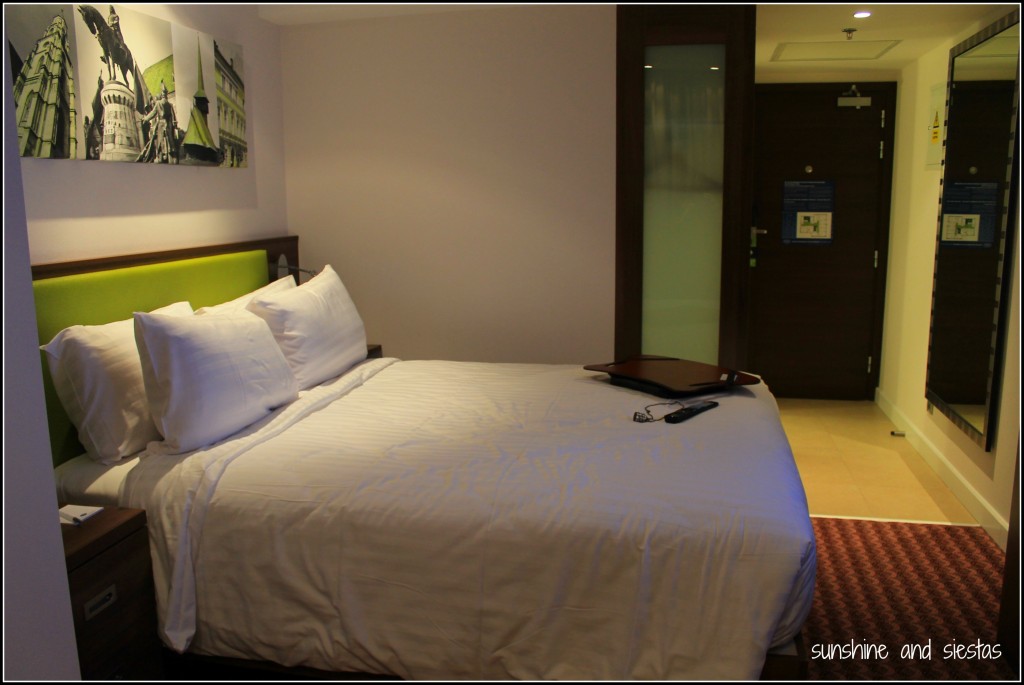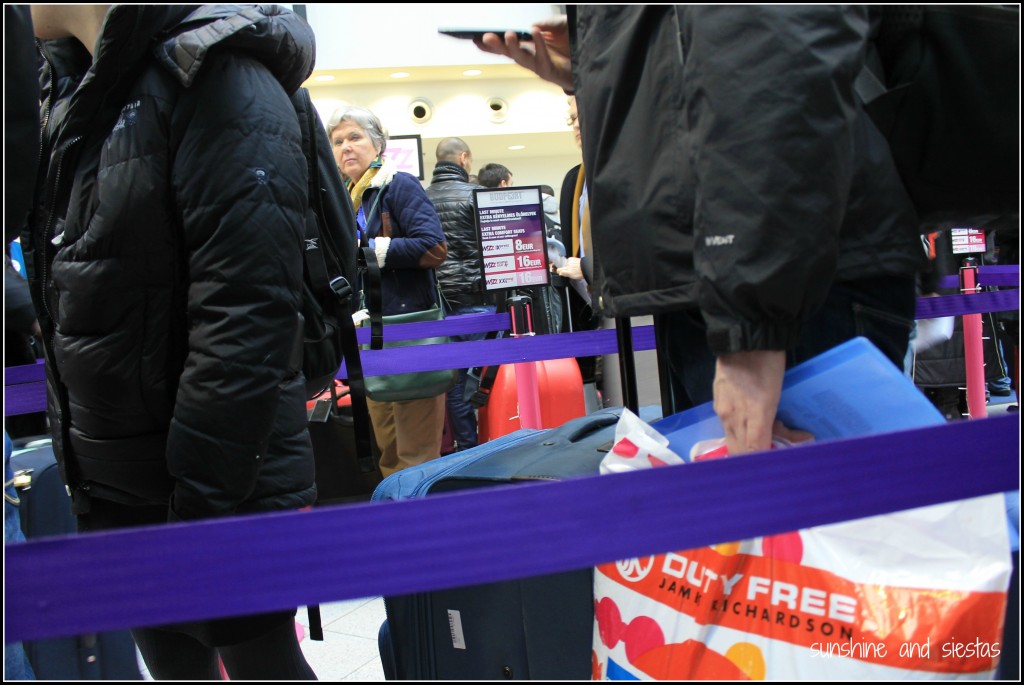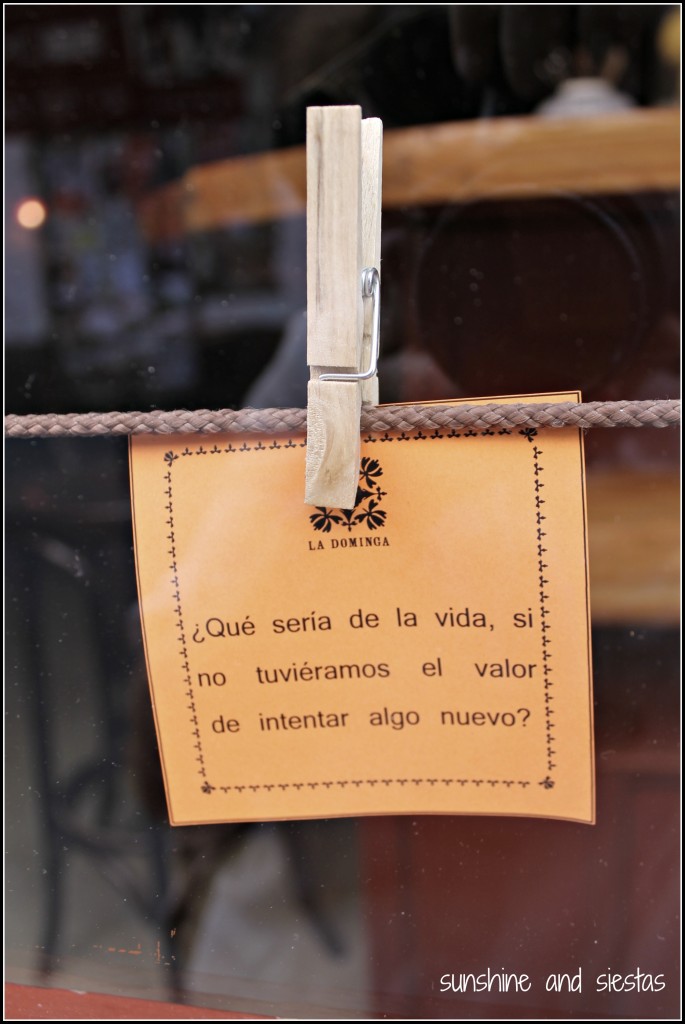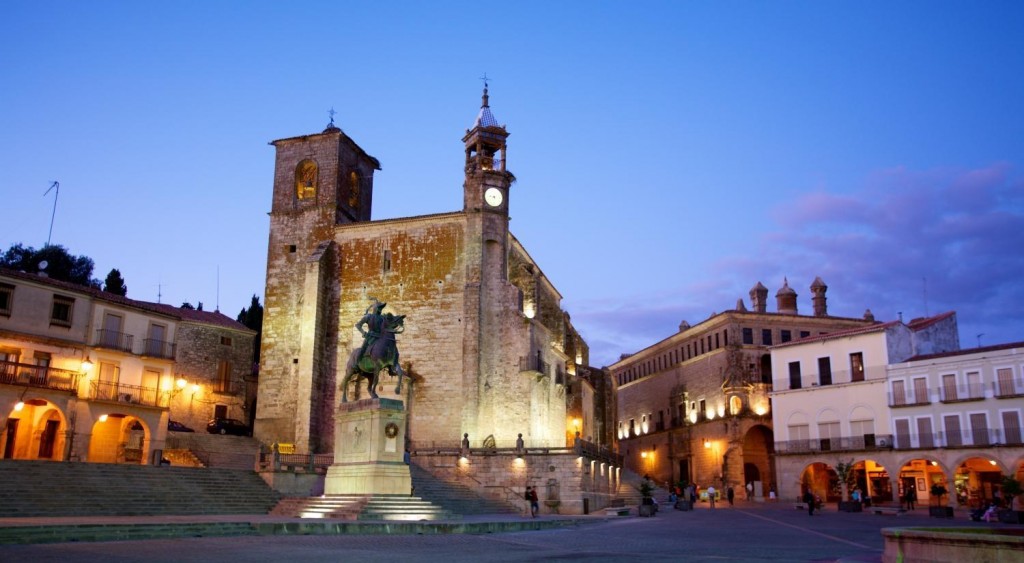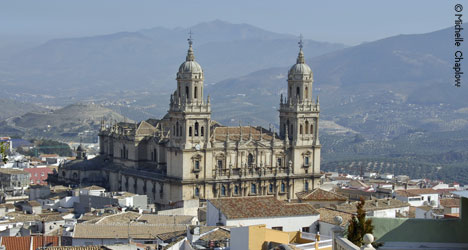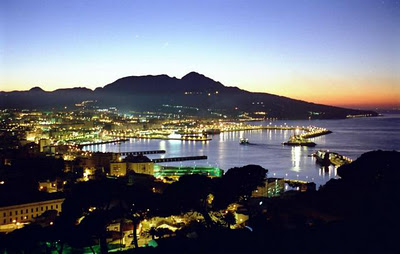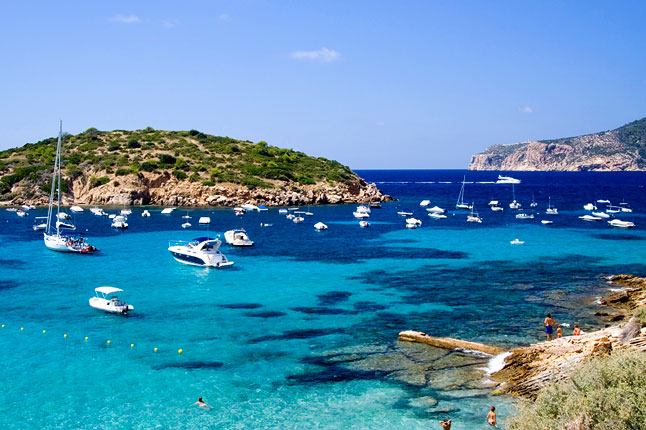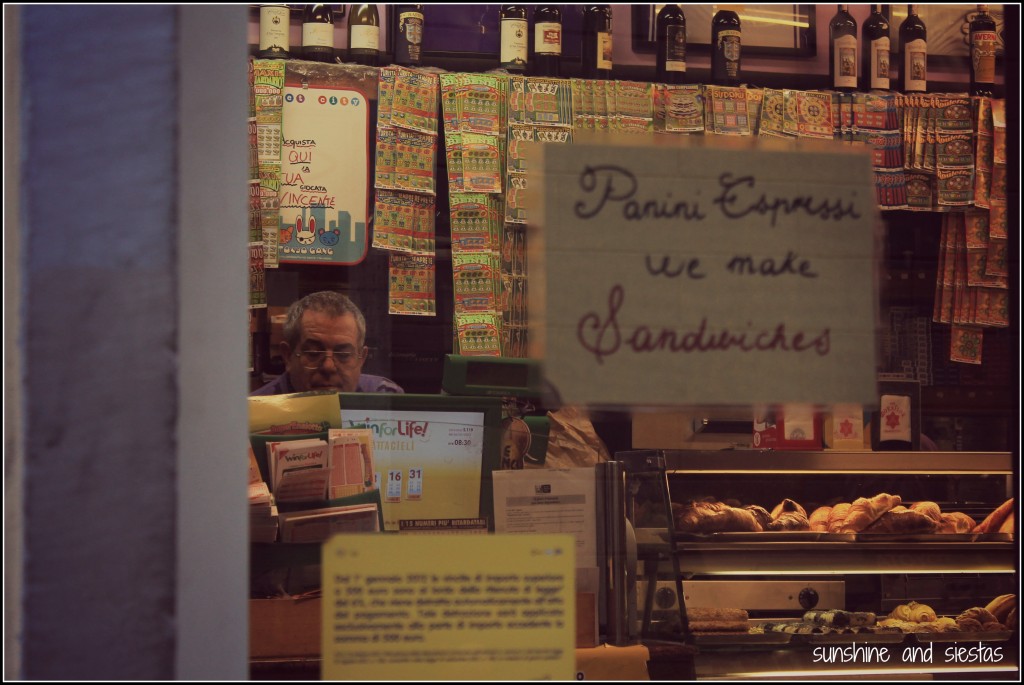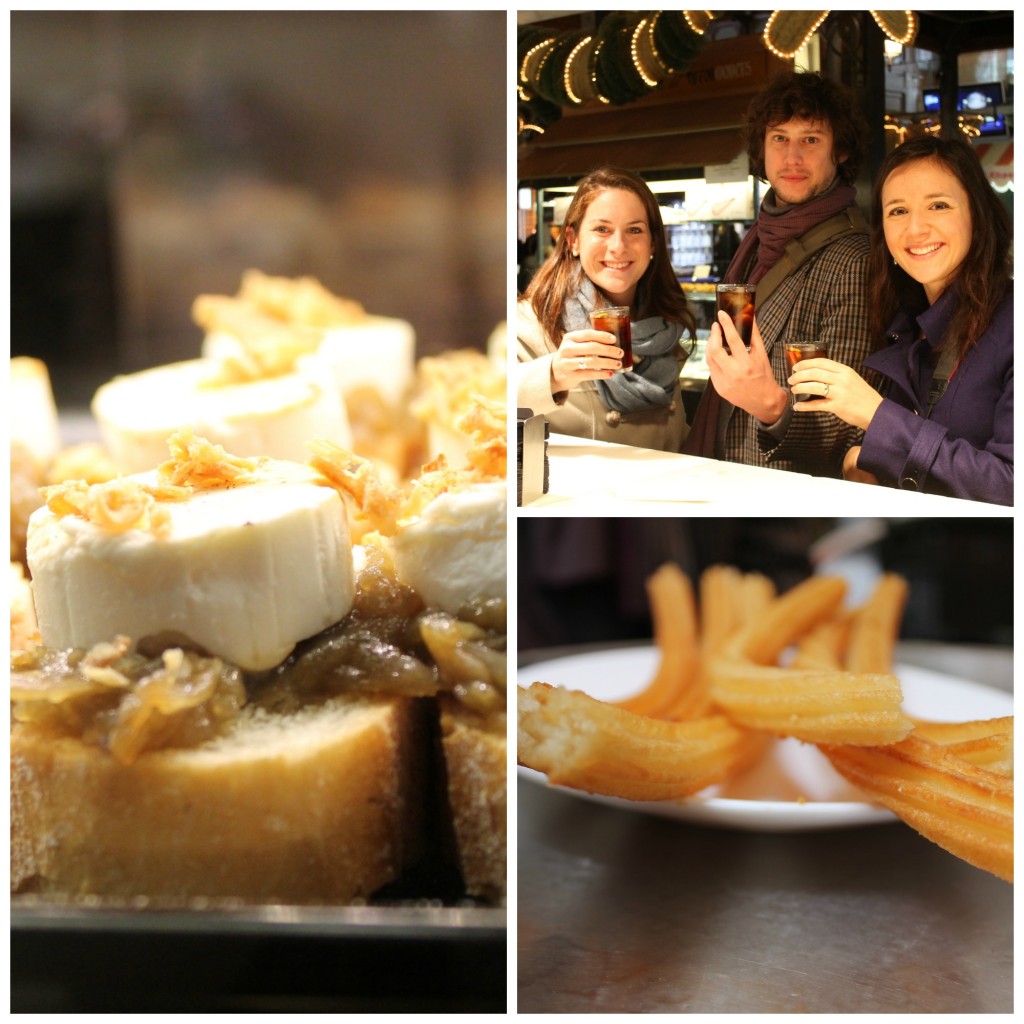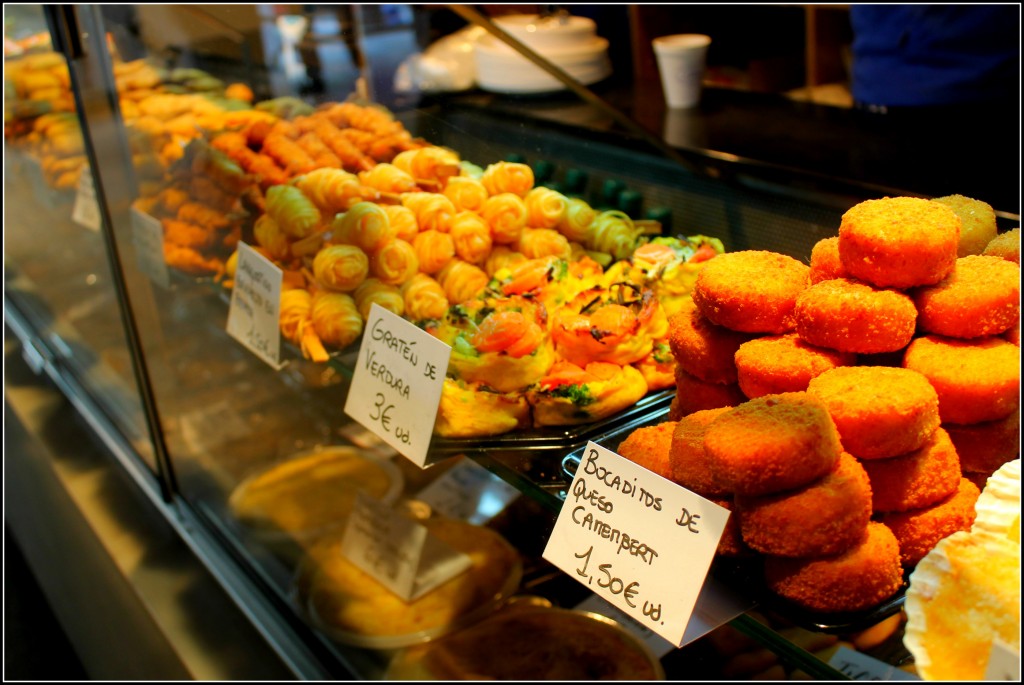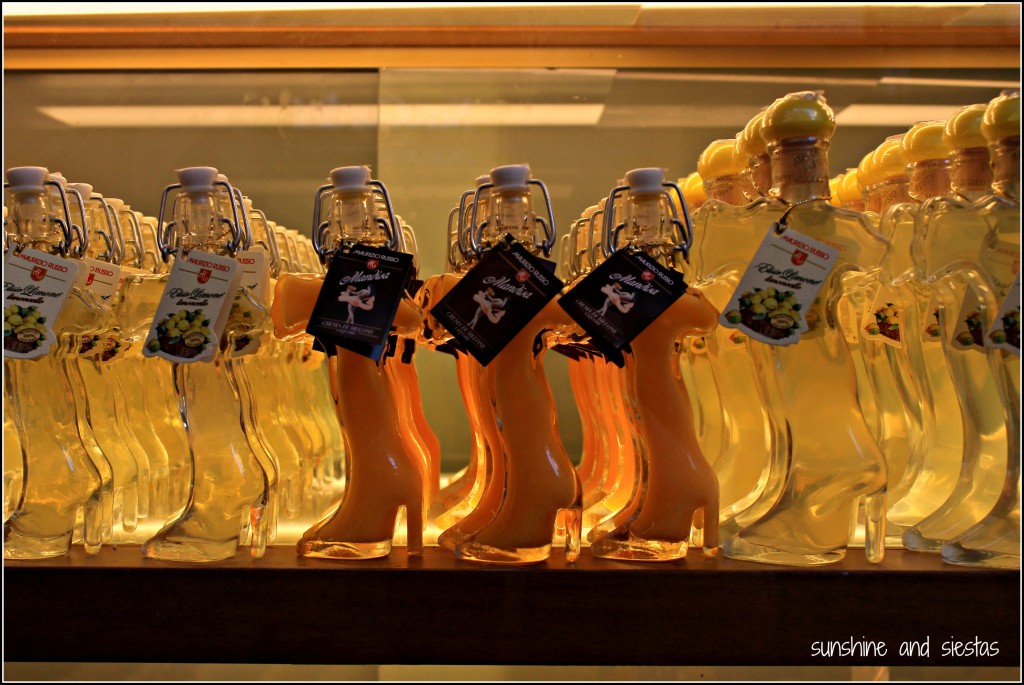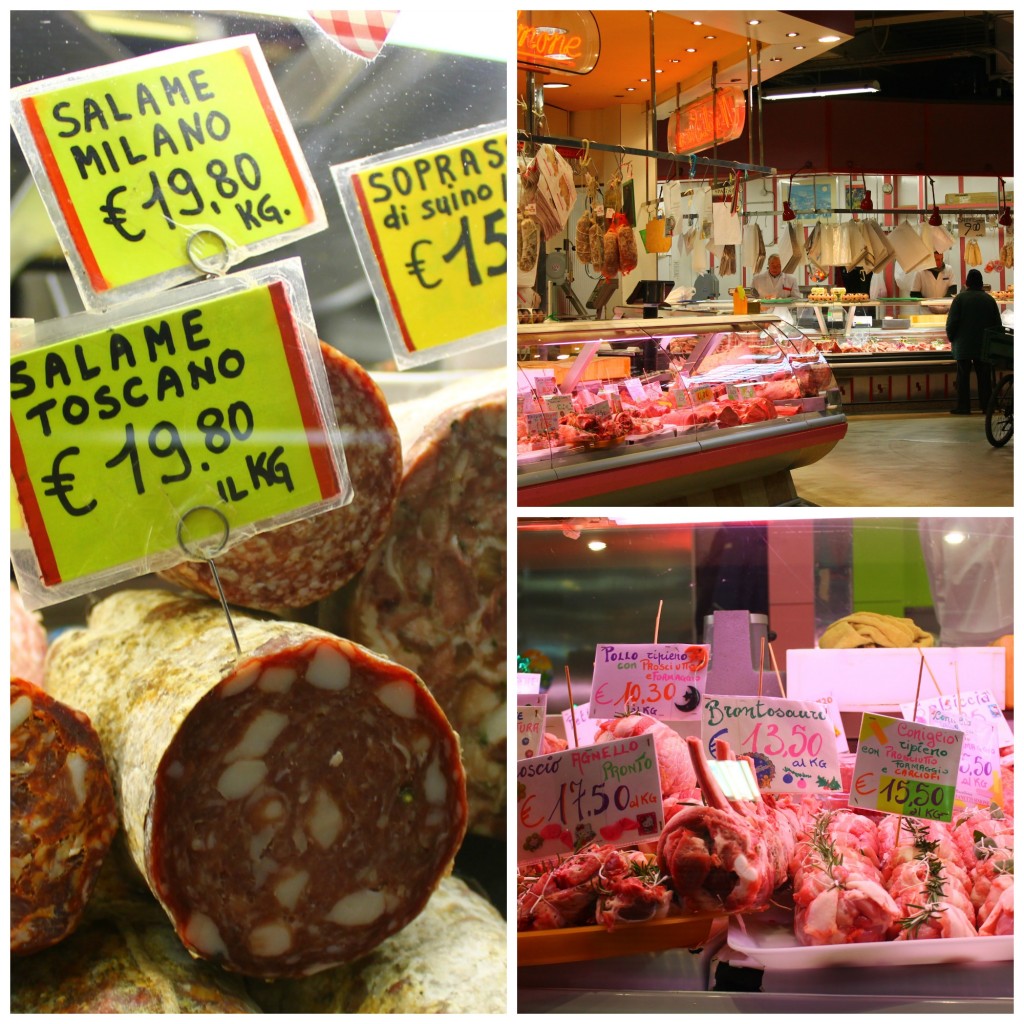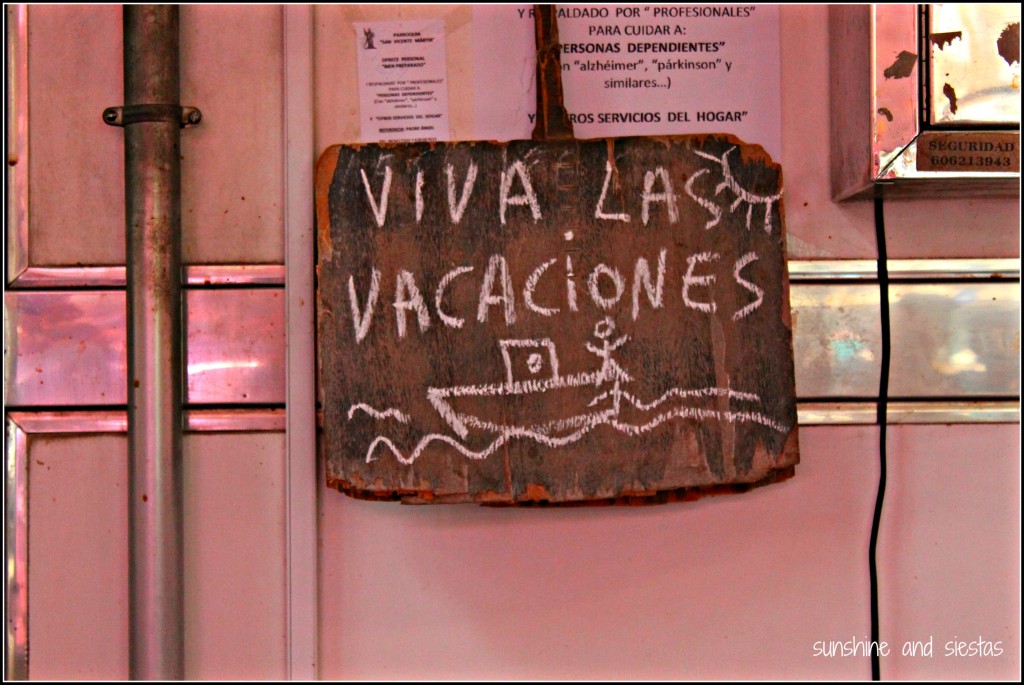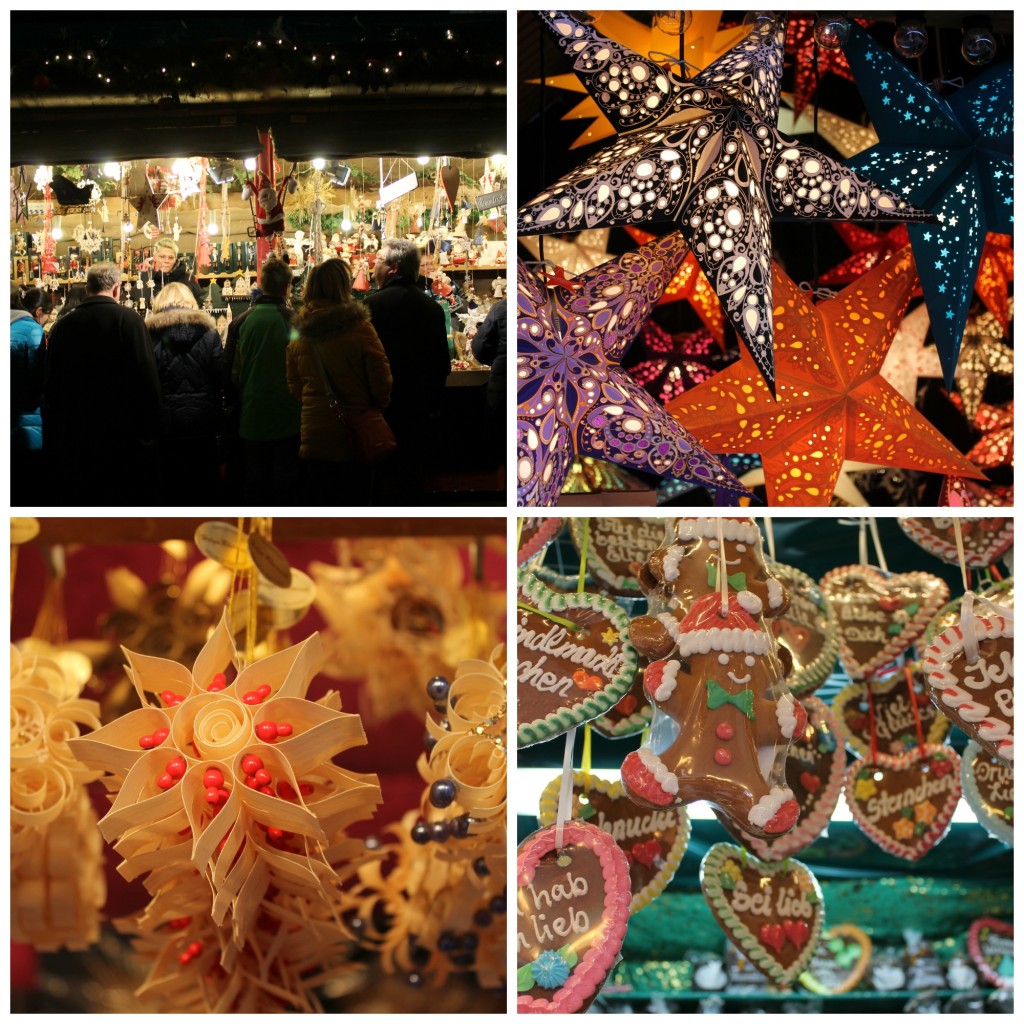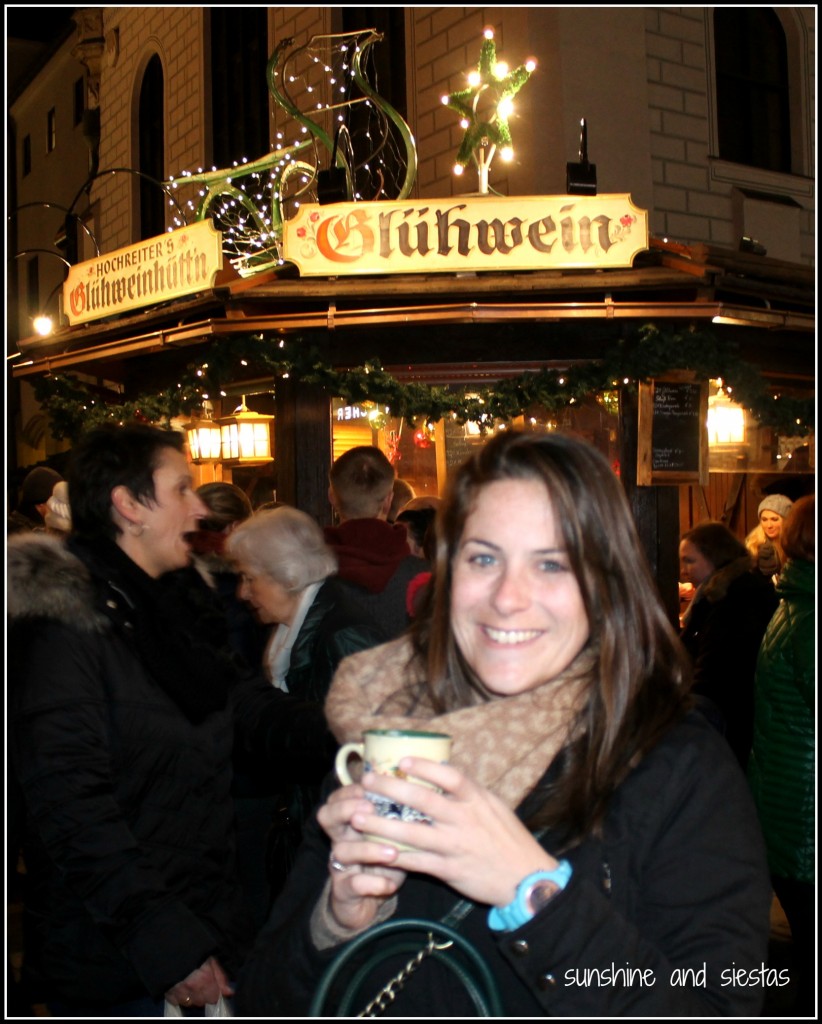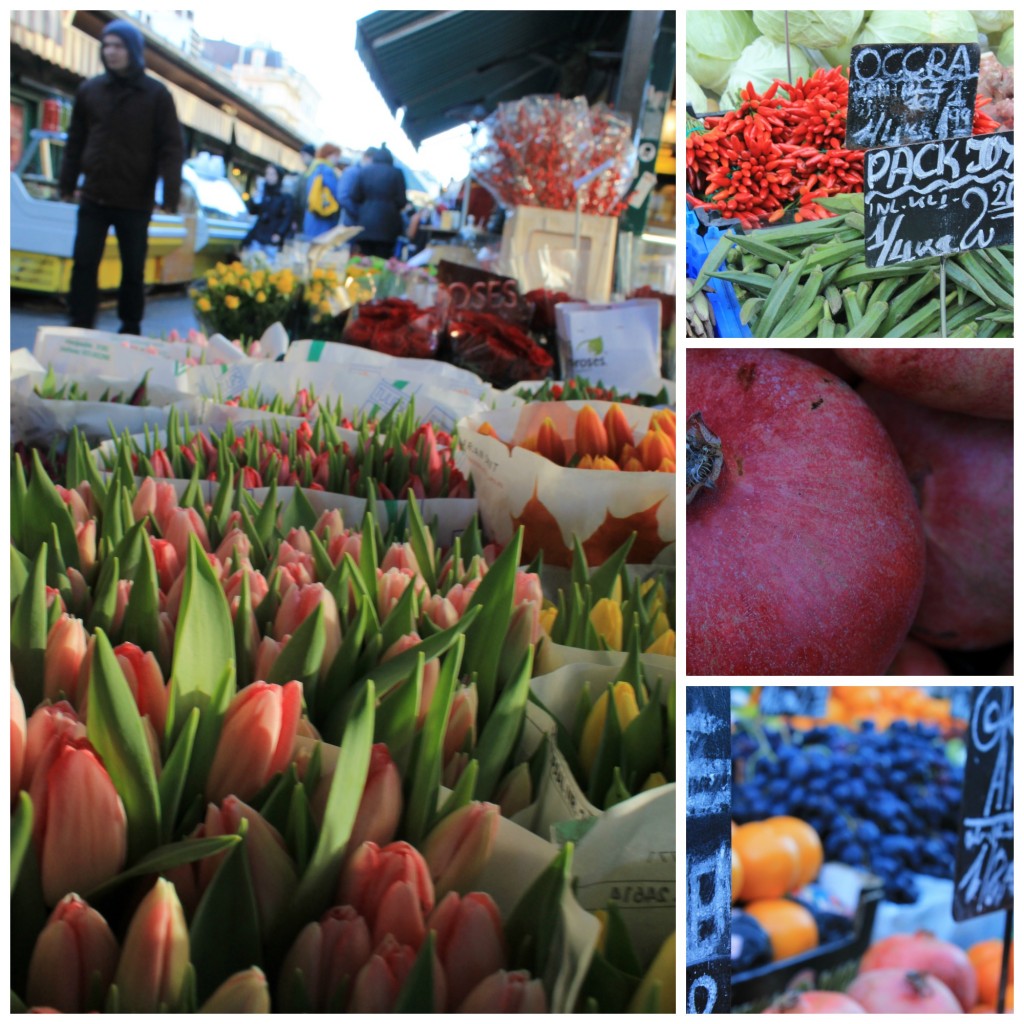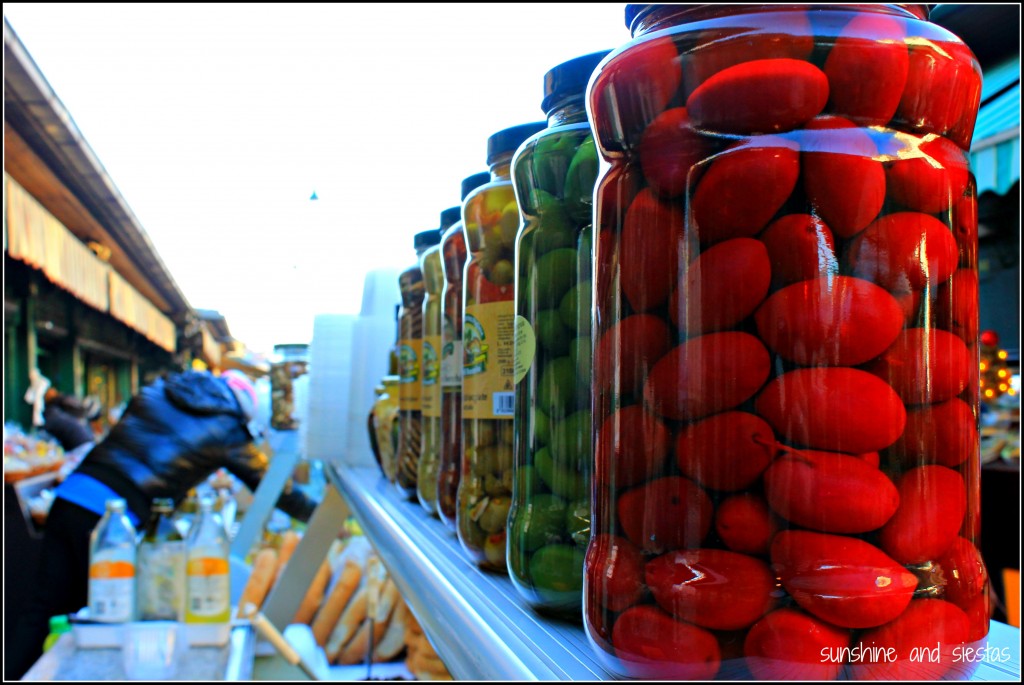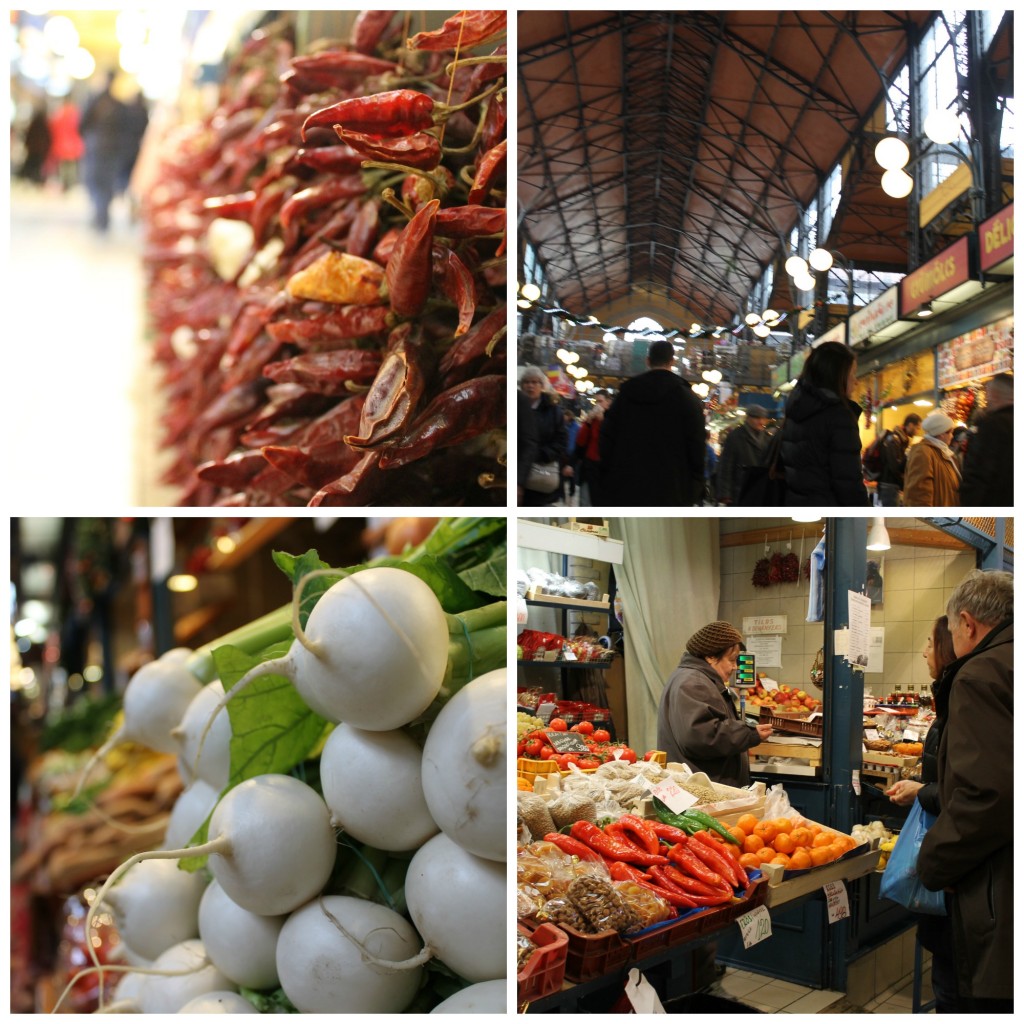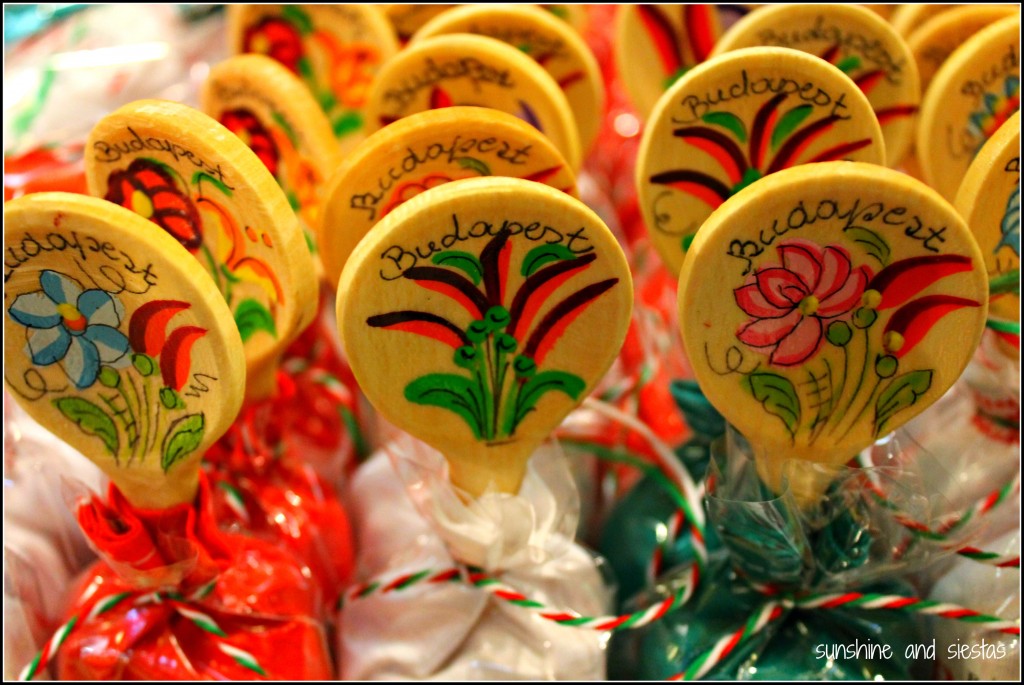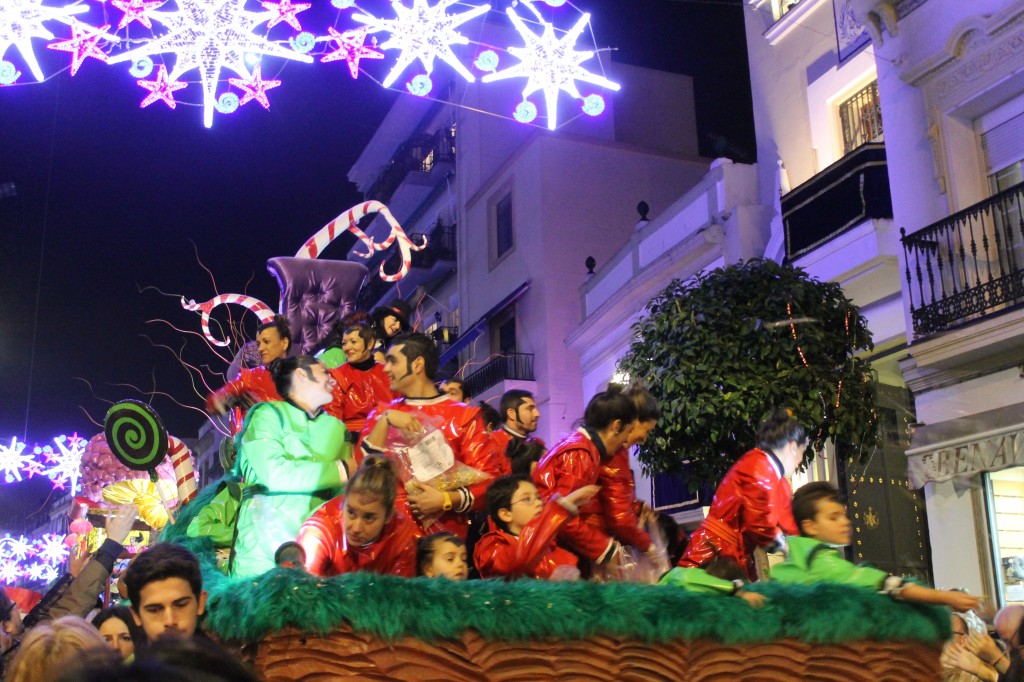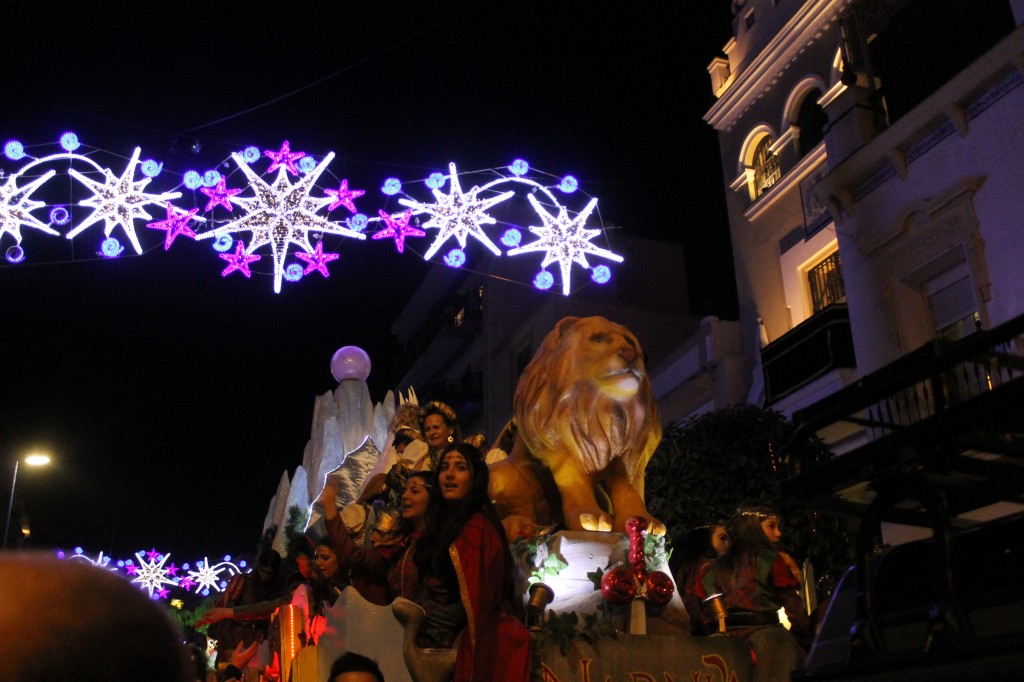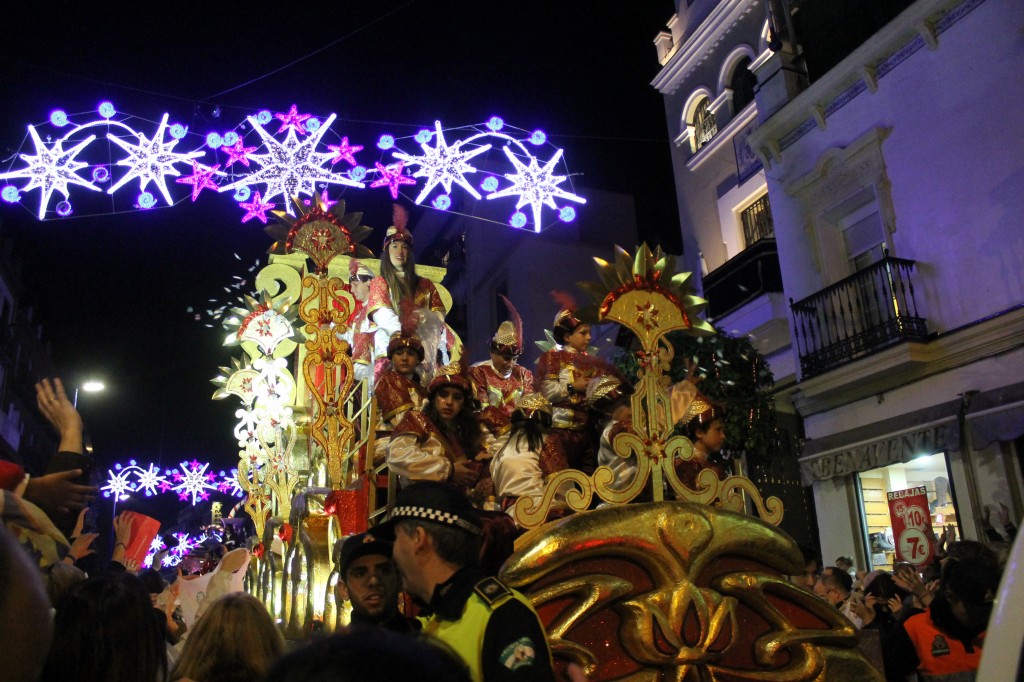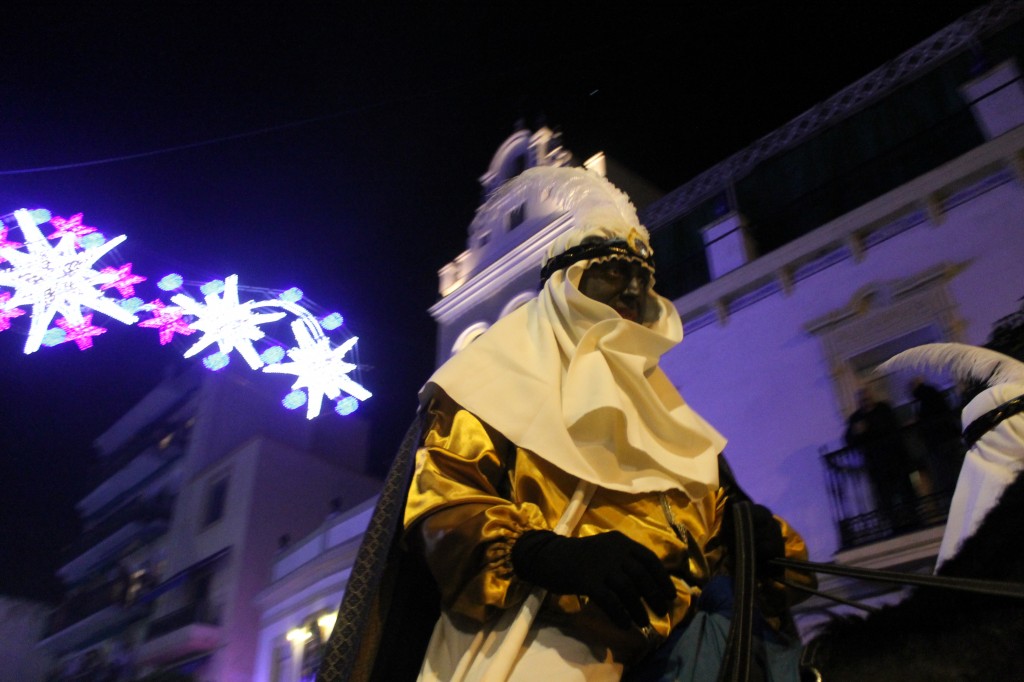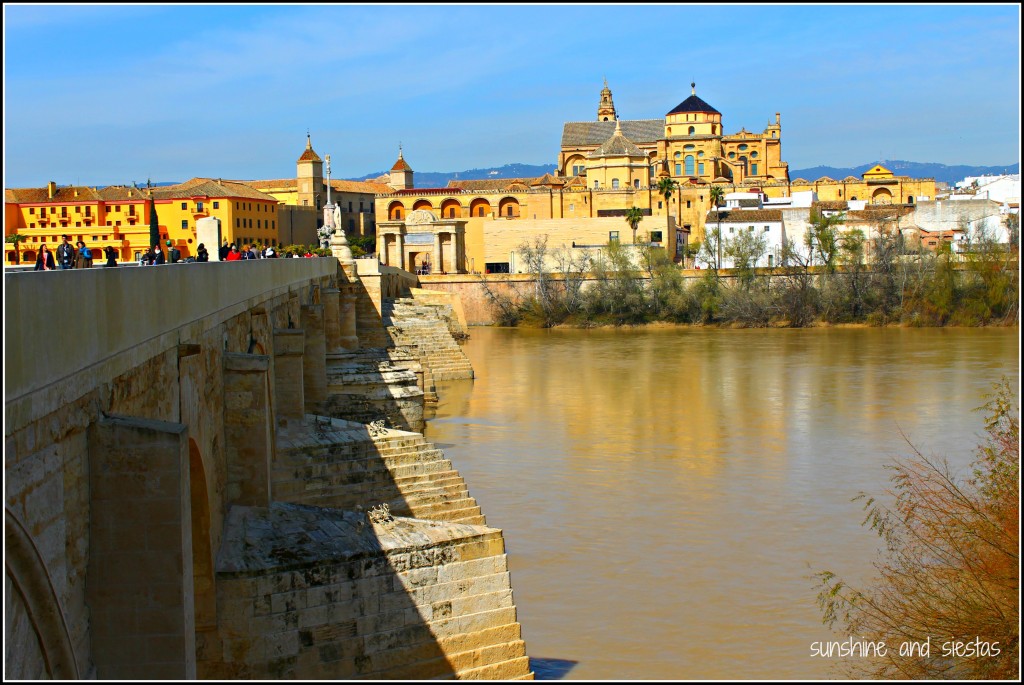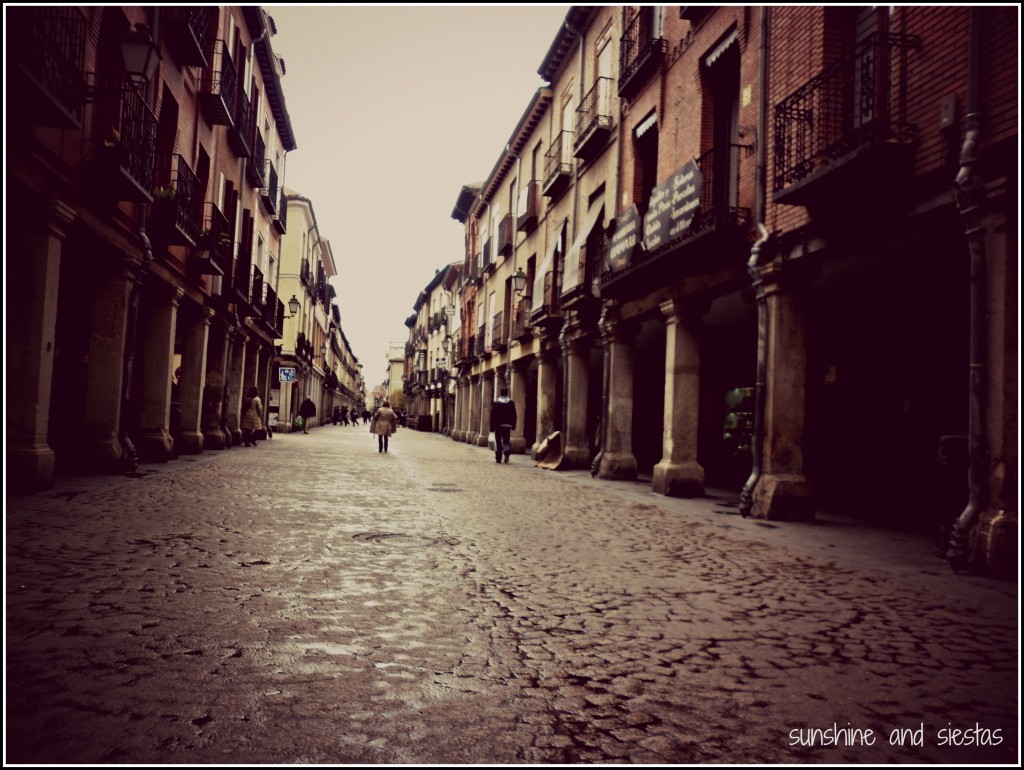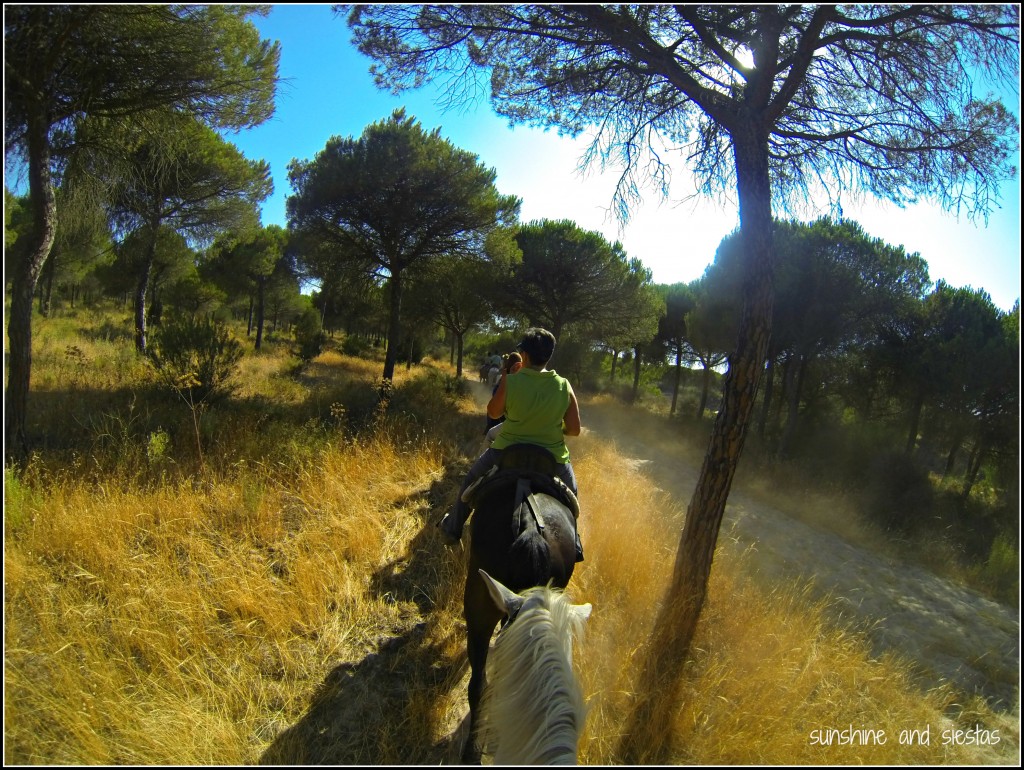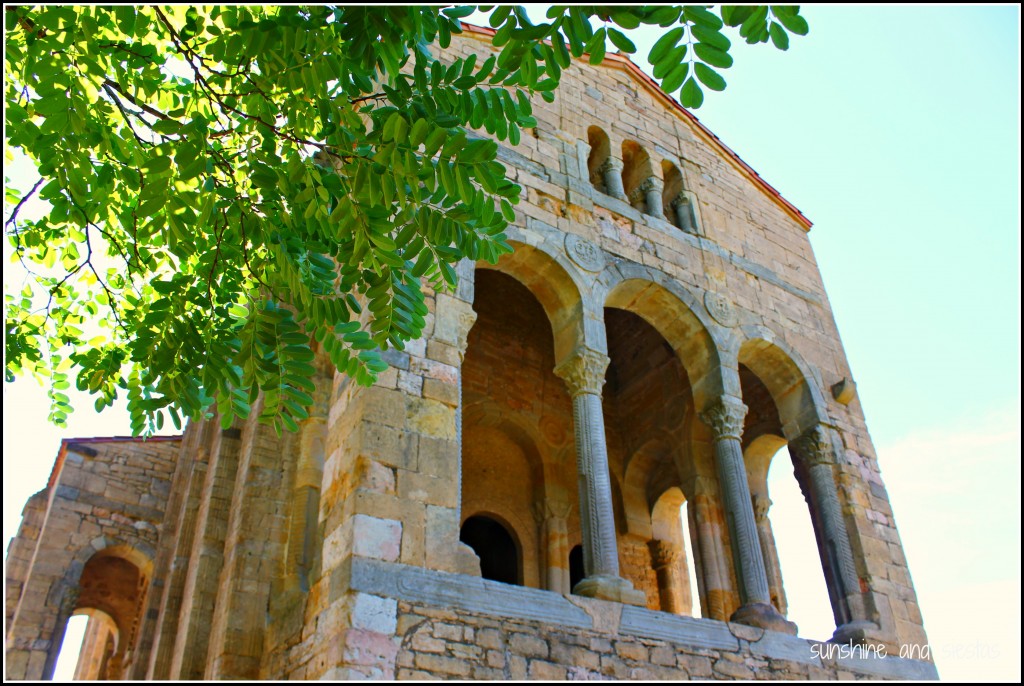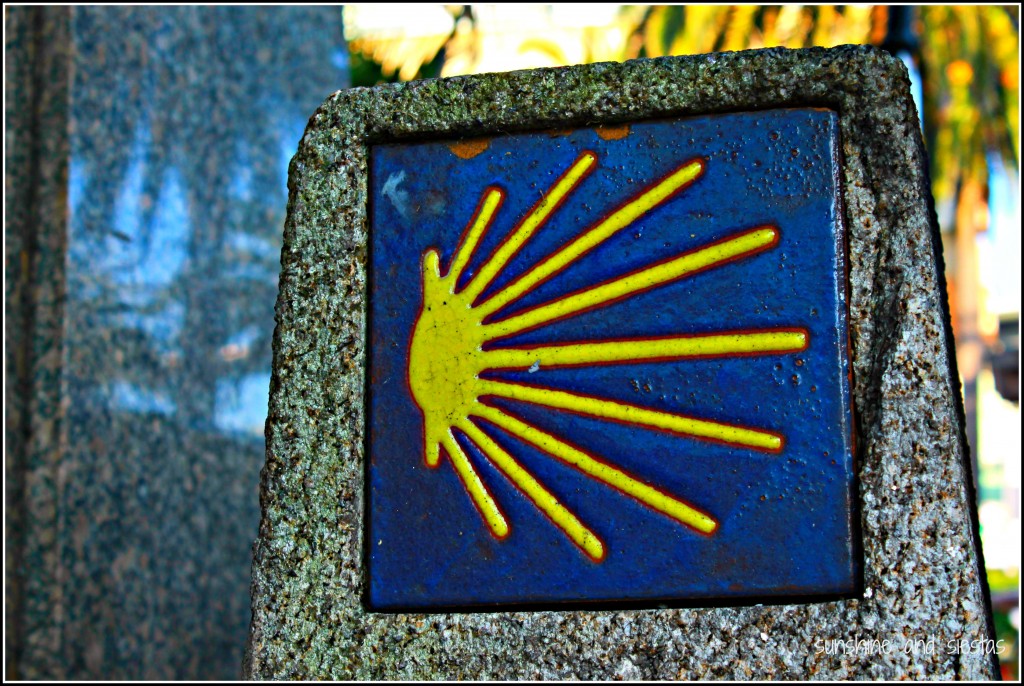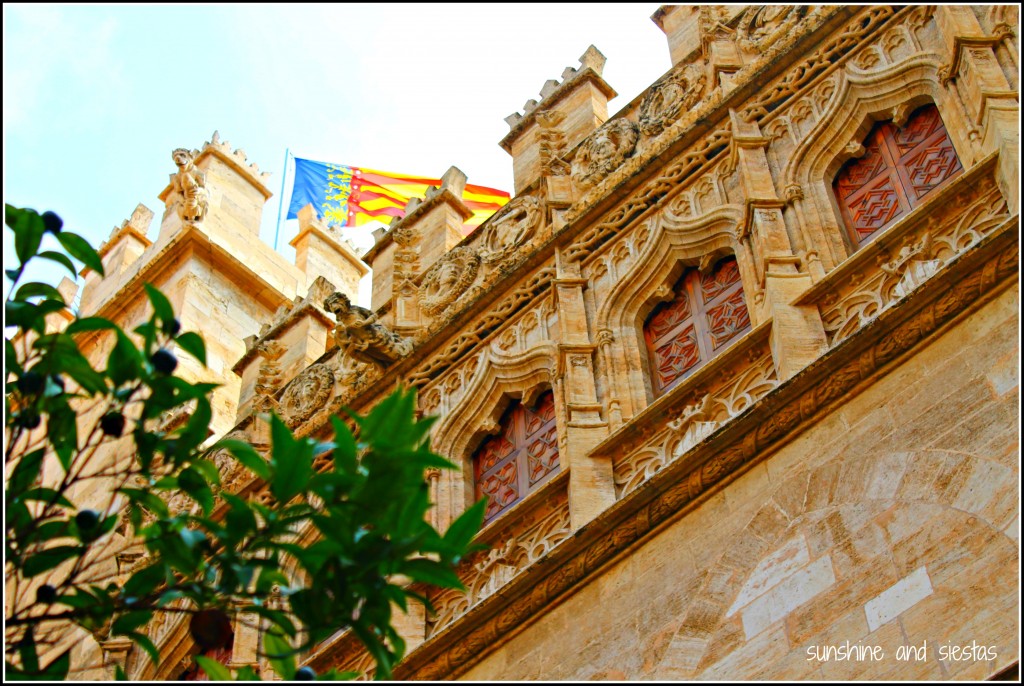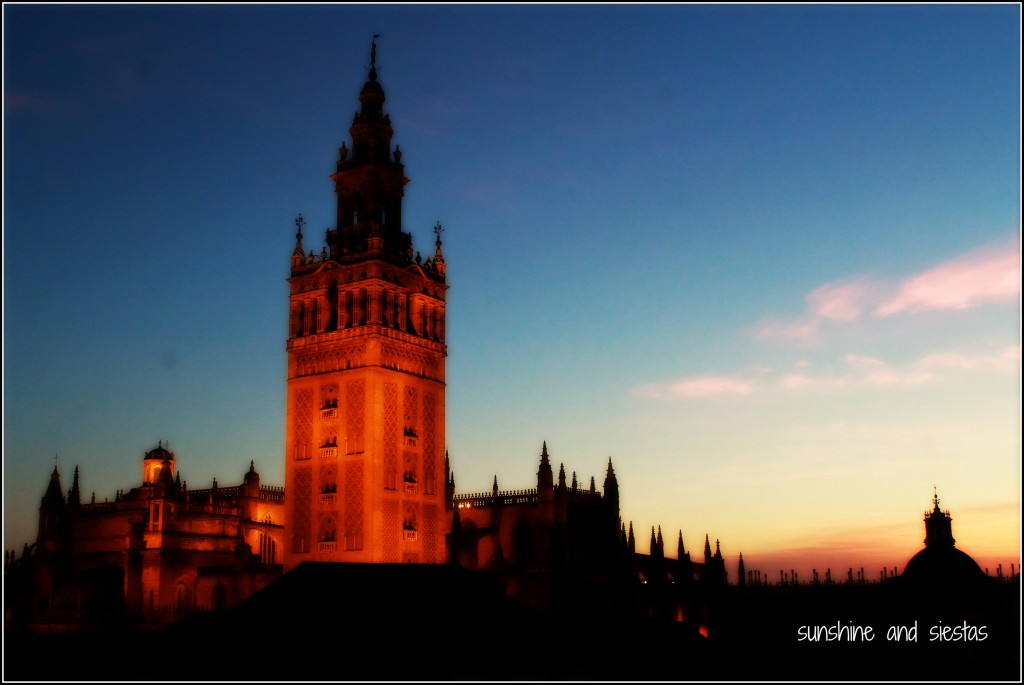Budapest, Hungary
The clock reads 7:32 a.m. The man in the front seat is antsy, nervously playing with the manual lock system on the minivan.
“Where are these people? Don’t they know we could be late for our flights?”
I assure Fidgety Floridian that the Budapest airport is quite small and easy to get through, but his wife isn’t convinced. She rolls her eyes and says, “We have the worst luck with planes. We nearly didn’t make it on the cruise.”
My flight to Tirgu Mures, Romania doesn’t leave for four hours, so I’m cool. I settle into the jump seat at the back of the van, wedged between luggage.
Three hours later, I’ve sailed through security and pursue the food options. I decide to wait until I land in Tirgu Mures, as I will need something to do for three hours before leaving for Madrid. My foot taps impatiently against the floor as we begin to embark. Wedged into an airport bus, I choose to stand next to someone who hasn’t showered.
For thirty minutes.
After which we are unloaded back into the terminal and delayed another thirty minutes. I settle into my third book of my holiday break and return to tapping my foot again while doing the mental math: I have a one hour flight, a one hour delay and a one hour forward time change. I have just enough time to grab my bag, check in again and head to my gate once we touch down in Tirgu Mures.
My foot taps faster.
In the air, I relax a little, as I’ve been assured that it will be taxi, takeoff, ascent, quick passage of the metal cart for snacks, descent, landing, taxi. Plus, I’ve snagged a seat on the aisle in the third row (thank you, Amazing Race, for teaching me how to get on and off planes quickly). Flipping through the inflight magazine for the third time, the captain announces something in Hungarian. Then, in English: Due to zero visibility in Tirgu Mures, we’ve been rerouted to Cluj, to which we have begun our descent. There will be buses on hand to take you to Tirgu, unless you’d prefer to stay in Cluj. We apologize for any inconvenience.
My heart skips a beat and I call the flight attendant, slightly panicked. How long until the buses arrive? Is it a far drive to Tirgu Mures? Will I have to go through customs here? I continue to fire, but she comes back with two responses: first, I don’t know anything about Romania and second, we are a point to point airline, sorry.
No shit.
Cluj-Napoca Airport, Romania
Once on the ground, I call the Novio, fighting tears. Our New Year’s plans were to spend the night with his extended family which had come from London, Peru, Murcia and Madrid. He assures me they’ll come and pick me up from Madrid when I get in, whenever that may be. I hastily get through customs, and my checked bag comes barreling down the belt first.
My first stop is the tourist information counter. Unfortunately, the woman speaks limited English. There is no bus to Tirgu Mures out front, and I check my watch: with the time change, my flight closes in 90 minutes. I return to the desk and slow down: How long in taxi to Tirgu Mures?
“One hour thirty, maybe two.” Remembering my Romania road trip, I think of the poor state of most highways in Romania and bite my lip.
Other travelers are taking pity on me, asking if there’s anything they can do to help me or if I’d like a lift to the center of Cluj. I rack my brain – I’ve been here before. It’s a large university city where we made a quick stop, and the food was cheap. A large, domed church with a fountain in front gets shaken from my head as I try to think straight.
The Cluj airport flies to many more destinations, including Barcelona and Madrid, I tell myself. If I fly out of anywhere, it will be here.
I have to say, I have never been a nervous flier. I always arrive to the airport early, pack my bag without liquids and know how planes work and why they just don’t fall out of the sky. Yes, I even pray to the Virgin of Loreto, patron saint of pilots (and I can’t believe I just admitted that). But now I’m antsy, channeling Kevin McCallister’s mother as I half-run to the Wizz Air ticketing office in the departures terminal.
The woman is quite nice and speaks English, and looks up flights to anywhere in Spain – Valencia, Alicante, Palma. Nothing more will fly out today to Spain, just to Budapest at 8pm, more than six hours in the future. She assures me there are flights from Budapest to Madrid the following day for a mere 145€, and the woman in the other information booth looks up overnight buses and prices for me.
Just then, a young Lufthansa worker touches me on the shoulder. Nothing is flying out of Targu this afternoon – there’s no ground visibility and they’ve already sent word that we’ll be getting flights bound for other destinations here, he tells me.
Feeling a stroke of good luck, I buy myself a cold sandwich and a warm Orsus beer and pace the empty departures hall.
For the next five hours, I jockey between the Wizz Air office, the check-in counters for news and the information desk. Passengers from other flights to Lutton and Beauvais pass through, looking at me as if I am in the movie Terminal. Time ticks by slowly, but I don’t pick up a magazine until several hours into the ordeal. Food doesn’t appeal to me, and even the nice Romanian girl who offers me tea gets a no, thank you.
The Lufthansa worker is nowhere to be found, so I ask another for help. Thankfully, he speaks English perfectly and makes a call.
“We’ll know in thirty minutes, but I think you’re in luck. Just stay within sight.” Doing as I’m told, I finally start to try to occupy myself, returning to my e-book. Still distracted, another hour flies by and the Novio calls back. He tells me, pity in his voice, that no one could help him in Barajas, then, angrily, “And the call costs 1,15 a minute, joder!”
Just then, nice Lufthansa man steps out from around the heck-in desk with a long face. “Yeah, so, your flight will leave in 15 minutes. From Targu Mures. I’m sorry, the weather has cleared up.”
Well, crap.
Nice Lufthansa man turns into an angel when he gets on the phone with Wizz Air and scores me a new ticket, free of charge, for the misinformation he alleges I’ve received. An email in my inbox confirms this. I could hug him, but instead I give him the bottle of wine I was carrying home for the Novio’s family. One good deed deserves another, and he gladly accepts it, saying that he was made to work an extra eight hours with the influx of re-routed flights.
I grab my things and find a taxi after seven hours in the terminal. There is general confusion, as the taxi driver asks me which bus station I want to go to. I dart back into the terminal to find it completely deserted. I leave it to blind faith and nod when he asks the name of the company and just takes off, racing towards the city.
Cluj-Napoca City Center
We pull up to what appears to be an abandoned junk yard with a few plastic huts. “Bus!” the driver calls out and dumps my bag on the cold, wet ground. Never mind the vintage stein I’m bringing back…or the other bottle of wine.
Everything is dark. I can’t read anything. My watch read 8:22, or one hour, forty-eight minutes until the bus apparently passes. Music is playing at the hotel around the corner, so I go in and plead my way into sitting in the still-cold lobby, tired enough to want to cry, or just curl up and say to hell with an overnight bus.
Welp, turns out there was no overnight bus, or any bus or train on New Year’s Day, so I turn on my Internet data (happy Christmas bonus, Vodafona) and look up hotels, figuring it would be money well spent. There’s a Hilton.
There’s a Hilton.
The closest I can get to home is a Hilton, and they would definitely have wi-fi and breakfast. I realize, rubbing my eyes, I’ve barely eaten or even drank since 6:30 in the morning, adding to my drowsiness and overall pity party.
The Hilton glows green on the empty street, just a few yards from the city center. I practically collapse as the receptionist charges my credit card and writes down my information to the tune of 58€. Giving him the cliff notes of my sob story, he promises to call me a taxi.
Upstairs in my room, I’ve just taken off my bag when the phone buzzes. “Um, yes, my friend can take you to Budapest Airport tomorrow. It is five, maybe six hours. It will cost 250€. Yes?” Without even thinking, I say yes. Besides, I already did the mental math. If I waited another day, I’d have to spend another 58€ for the hotel room, over 300€ for the flight from Cluj on the 2nd, and then another train ticket from Madrid.
I kick off my shoes and run the shower. I stare at the water and steam for about a minute before I decide I’m too tired to even stand under the jet of water. The clock says 11:23 p.m., a full 15 hours since I left the dock in Budapest. I should have arrived to Spain three hours ago.
My night is sleepless, punctuated by fireworks, whatsapps from well-wishing friends and a very nervous mother. My in-laws send pictures of themselves eating my 12 lucky grapes, and all I can think is, vaya suerte.
Rural Romania
The driver nods his head at me as I slip in the back seat of his car. He punches something nervously into his GPS and I wish him a happy new year, surprisingly sunny, given the circumstances and the money I am about to fork over to him. It doesn’t seem that he speaks English, which both relieves and disappoints me.
One thing I can say since my road trip through Transylvania and Mures: the roads have definitely gotten better. We speed out of Cluj along the E-61 towards Hungary, and I am flooded with memories of my trip. The intricately carved wooden crosses on the side of the road, the haystacks behind homes and the women in black fly by as we take the twisting roads west.
There’s definitely a common theme amongst Romanians – they’re all so damn nice, and it’s amazing what a terrible night of sleep did to me – I feel 100 times better and pray to the travel gods that I will be back in Spain on the first day of 2014.
Romanian-Hungarian border
The driver is nervous. He backs his car up, pulls it back in, changes positions, smokes his smokeless cigarette pipe thing. I’m sipping down water in small amounts, not sure if he speaks enough English to know I need a pit stop. After seven long minutes (for him, not me), the guard approaches the car and hands me back me passport and Spanish residency card.
On the first day of 2014, I’ve already got two freshly stamped entries in my passport. Every cloud…
Budapest, Hungary
Once we’re into Hungary, the roads become straight and the hills disappear. While I can understand some words in Romania because of its Romantic language roots, Hungary has me completely stumped. All I can make out is the ever-dwindling number of kilometers between our car and the airport.
The driver drops me off right in front of the terminal. I’ve given him a tip of close to 30€ (after all, he charged me in Romanian leu and that conversion is not easy on a sleep-deprived brain) for his trouble on New Year’s Day, and he shakes my hand firmly after helping me put my heavy bag on my back. I thank him on the only word in Romanian I know, multumesc. Thank you very much.
My phone picks up the wi-fi immediately in the airport, and I re-book a train ticket for 9:30 p.m. I have three hours before my flight, which will give me time to finally have a beer, get checked in and get through security…and maybe eat fast food and not feel ashamed about it. Spanish permeates my consciousness and I relax.
Once on the plane, the sky is a dreamy pink with streaks of red until night falls.
Madrid, Spain
As soon as the plane touches down, the first thing that comes to mind is Manolo Escobar’s famous Spain anthem, Que Viva España. My phone is turned on before we reach the gate, and I send whatsapps to everyone I know. I feel like I’ve returned to a place where everything makes sense and where language is no longer an issue. I get Spain.
Time seems to pass by in three seconds as I grab my bag, transfer to terminal 4, hop on the cercanías line and make it to my train – the last of the day – with 20 minutes to spare. Being a holiday, my car was only half full, so I could curl up across both seats and sleep for two hours. Stepping onto the platform and seeing ‘SEVILLA – SANTA JUSTA’ as I take a deep breath reminds me that I am, at long last, home.
Sevilla, Spain
I arrive home five minutes to midnight on January 1st. The travel gods heard my plea, it seems. I’ve traveled, by my estimate, over 3900 miles in 40 hours. The Novio hasn’t changed the sheets in two weeks, but I hardly notice as I sleep, finally, in my own bed for 10 hours.
I’ve since recounted the short version of the ordeal to my friends. While some are shocked and glad it didn’t happen to them, I can say this: I am relieved that I am a seasoned traveler and that I’ve watched my parents navigate standby and weather delays like champs. My nerves and even my tear ducts were put to the test, but I got home, unscathed (just poorer). Had I been new to international travel or unaware of European flight compensations, I may have made rookie mistakes.
One thing I have realized? I am not cut out for round-the-world travel. While it seems challenging and fun, I’m too accustomed to my comforts and hate wearing dirty clothes (there, I admitted it). I can handle when things don’t go as planned, but I don’t like it because I am not spontaneous. I like feeling grounded. I like the feeling of familiarity. I like having wi-fi and no roaming data (my bill came yesterday…ouch).
That’s not to say that I won’t travel for extended periods of time – I most certainly will travel as far as my body and my salary will take me, and have big dreams when it comes to doing it. But I think I’ve finally mató el gusano. The idea of round-trip travel is no longer a little tickle that flares up once in a while.
The idea of becoming an expat in another city or another country? THAT is the new gusanillo.
Have you had any travel disasters recently? I’d love to hear them, and if they’re Spain-related, feel free to send me the story for publishing!
